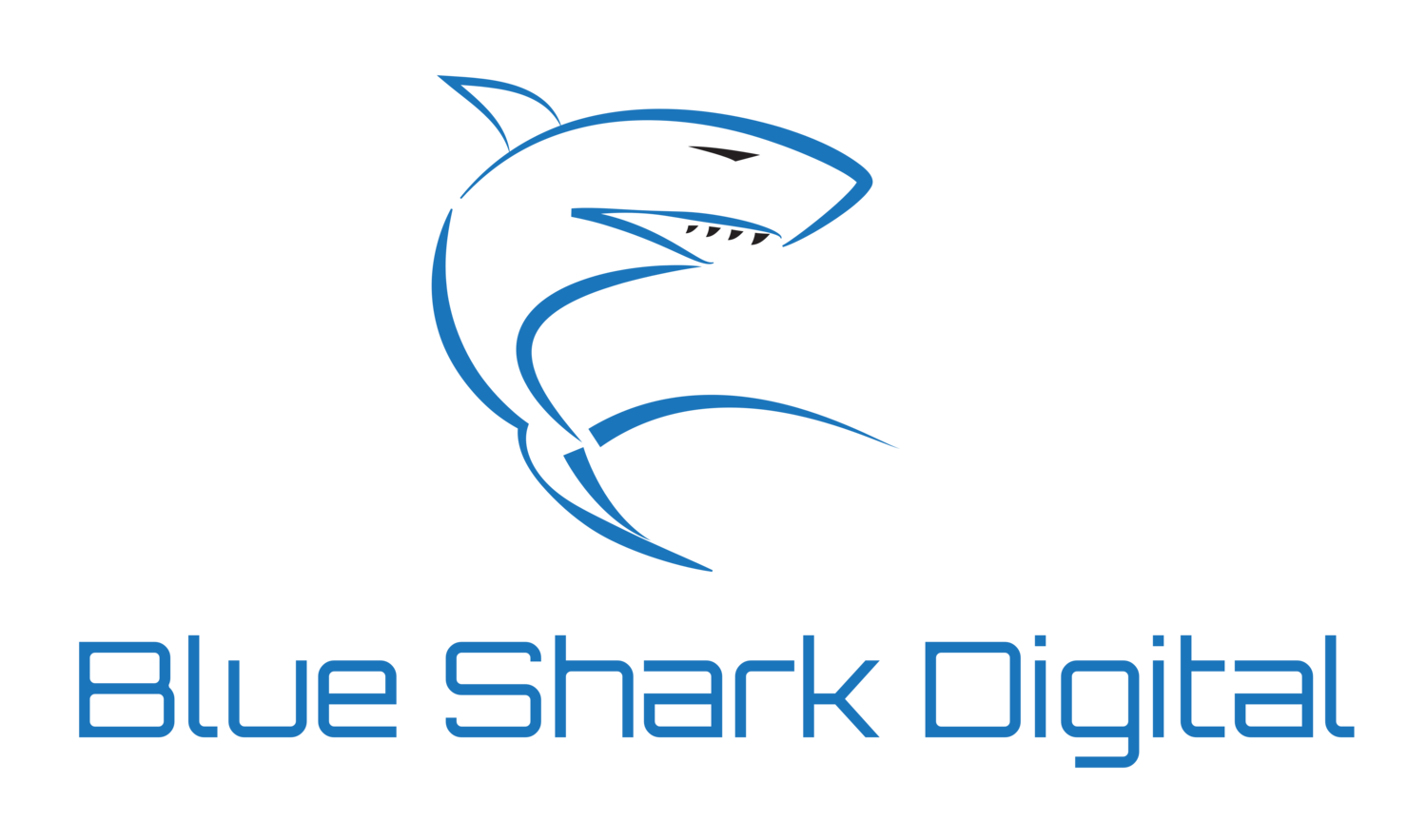With online advertising evolving and changing at a rapid pace, online media is forced to keep pace, by creating and exploiting new avenues and available data. This results in clever and innovative new advertising opportunities, such as Customer Match targeting, as explained in a previous post.
Remarketing versus Retargeting
Some online marketers tend to use these terms as synonyms, however there are some differences, and scenarios where one is preferable and more-suited than the other.
Retargeting is the process of your display ads and online placements ads served to previous visitors to your website, via the GDN (Google Display Network), or managed by third party companies, such as Criteo or Sitescout. This gives you access to potentially millions of customers, and of course, the parameters of retargeting can be refined to specific audience targets.
The infographic below by Chango describes the different variants and parameters in which a retargeting campaign can be set. Retargeting, when compared with standard display advertising campaigns, almost always compares favourably. According to industry experts MarketLand, click-thru engagement is typically 3-10 times higher.
Remarketing
Remarketing is the same concept as retargeting, but with one major difference; the medium used. Retargeting is about ad placements from previous website visitors, using cookies. However Remarketing is about emailing those potential customers who have expressed real intent in purchasing, to conclude the purchase that they started. Retargeting displays ads are about a product a user may have viewed, remarketing is about a product a user is interested in.
“Retargeting display ads are about marketing a product a user may have viewed, Remarketing is about marketing a product a user is interested in. ”
The most commonly-used remarketing tactic is for cart abandonments on eCommerce sites. This is where users have added a product to their cart, but have not concluded the purchase. There are a plethora of reasons as to why the transaction did not conclude, including some out of the control of the company and the user. The opportunity to conclude the transaction at a later time may thus be very appealing.
Other forms of Remarketing include cross-selling and up-selling. Analysing your customer behaviour and sales might determine that a significant proportion of customers of Product X also purchased Product Y, or those who purchased Service A, had a tendency to upgrade to Product A+ at a later date. Remarketing can convert many of these customers into additional sales.
Another form of remarketing again involves interrogating your customer database. If you have a product that organically or naturally expires, you may wish to communicate to existing customers about this fact, and compel a re-order. Or indeed, if an upgraded model has been released, remarketing can communicate information to existing owners of their now obsolete model.
In short, both methods are useful and valuable to online marketers. however as outlined by Blue Shark Digital above, both are somewhat different and should be treated as such.
Blue Shark Digital are offering a FREE 1 hour consultation for all business owners looking to improve their performance online. Schedule your meeting now.

